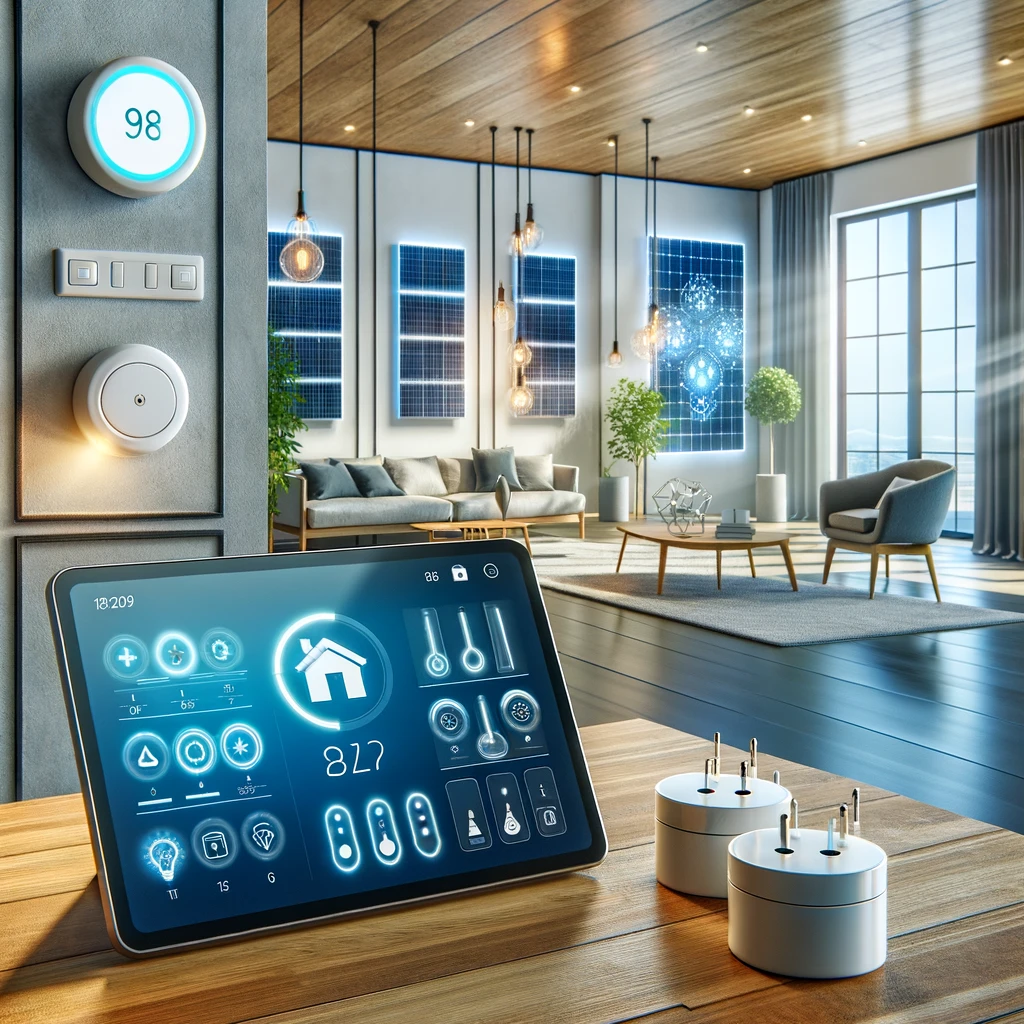Imagine being able to see exactly how much energy your home uses, down to the last watt, and using that information to save money and reduce your carbon footprint. Sounds like a dream, right? Well, with the rise of home energy data and smart energy management solutions, this dream is now a reality. In this guide, we’ll explore what home energy data is, why it matters, and how you can use smart data solutions to take control of your energy usage. Whether you’re looking to cut costs, go green, or simply understand your energy habits better, this guide has you covered.
What is Home Energy Data?
Home energy data refers to the detailed information collected about your household’s energy consumption. This includes everything from how much electricity your appliances use to when your energy usage peaks during the day. Thanks to smart meters, IoT devices, and energy monitoring systems, this data is now more accessible than ever.
Think of it like a fitness tracker for your home. Just as a smartwatch tracks your steps, heart rate, and sleep patterns, home energy data tracks your energy habits, giving you insights into where you’re using the most power—and where you can cut back.
Why is Home Energy Data Important?
1. Cost Savings
Understanding your energy usage patterns allows you to identify areas of waste and make informed adjustments. For example, a California family used a smart meter and discovered their HVAC system was consuming 25% more energy than necessary. By switching to a smart thermostat, they saved $300 annually.
2. Environmental Impact
Reducing energy consumption isn’t just good for your wallet—it’s good for the planet. According to the International Energy Agency, optimized energy solutions could reduce global energy consumption by 10% annually, contributing to a more sustainable future.
3. Energy Independence
With detailed energy data, you can evaluate renewable energy options, like solar panels or battery storage, to reduce reliance on the grid.
How Smart Data Solutions Revolutionize Energy Management
Smart data solutions use advanced analytics, automation, and real-time monitoring to transform the way you manage energy. Here’s how they work:
Real-Time Monitoring
Smart devices like energy-monitoring plugs and thermostats provide instant feedback on usage. For example, a smart plug can show how much energy your washing machine uses per cycle, helping you determine if it’s time for an upgrade.
Automated Adjustments
Automation streamlines energy efficiency. A smart thermostat can lower your home’s temperature while you’re out and warm it up just before you return, saving energy without compromising comfort.
Predictive Insights
Advanced systems use AI to analyze energy usage trends. These insights help plan for peak times and even suggest the best hours to run high-energy appliances, such as dishwashers, during off-peak electricity rates.
Common Challenges and How to Overcome Them
Data Overload
With so much information, it can be overwhelming to know where to start. Focus on one area at a time, such as heating or lighting, and make incremental changes.
Upfront Costs
While smart devices may have an initial investment, long-term savings often outweigh the costs. Begin with affordable tools like smart plugs or energy monitors and expand your system gradually.
Privacy Concerns
Some homeowners worry about the security of their data. To address this, choose reputable brands with robust encryption and clear data protection policies.
How to Get Started with Home Energy Management
Ready to take control of your energy usage? Follow these steps:
- Install a Smart Meter: Many utility companies provide smart meters for free or at a low cost. These devices track your real-time energy consumption.
- Invest in Smart Devices: Start small with energy-monitoring plugs or a smart thermostat. These tools are easy to install and deliver immediate benefits.
- Analyze Your Data: Use apps or online platforms provided by your smart devices to review energy usage patterns. Identify areas for improvement.
- Set Goals: Decide on clear, measurable goals, such as reducing your monthly energy bill by 10% or lowering your carbon footprint.
- Automate and Optimize: Use automation features to streamline energy management. For instance, schedule your dishwasher to run during off-peak hours.
Future Trends in Energy Management
The future of energy management lies in AI and predictive technology. Imagine a system that not only monitors your current usage but predicts your future energy needs based on weather patterns, household behavior, and appliance efficiency. These advancements will further enhance energy independence and sustainability.
Conclusion
Home energy data and smart energy management solutions are powerful tools to help you save money, reduce waste, and live sustainably. By leveraging detailed insights and implementing small, informed changes, you can take control of your energy usage and make a positive impact on both your wallet and the environment.

